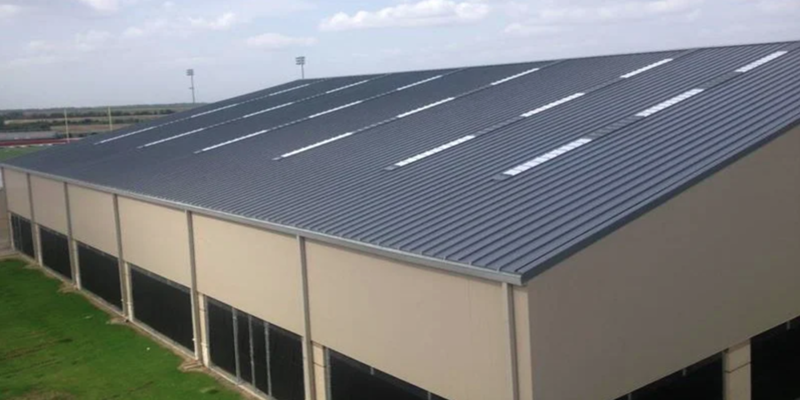Polyurethane foam is a key material in sandwich panels, providing excellent insulation, structural stability and thermal efficiency. Sandwich panels are commonly used in the construction of buildings, cold storage facilities and industrial structures, and consist of two thin layers of durable material and a lightweight polyurethane foam core. The core is made of polyurethane rigid foam and contributes greatly to the overall performance of the panel in terms of thermal insulation, fire protection and structural integrity. The quality of this foam core depends largely on the polyurethane catalyst used in its production.
Polyurethane catalysts play an important role in the chemical reaction that converts polyols and isocyanates into rigid foam. These catalysts accelerate the foaming and curing process, ensuring uniform cell structure, proper adhesion and optimal physical properties. One such catalyst is MXC-15, a potassium octoate solution (CAS 3164-85-0), which is a high conversion, cost-effective isocyanurate catalyst. It is particularly suitable for high viscosity polyol formulations and can effectively promote the isocyanate reaction.
Application in Sandwich Panels
The polyurethane foam core in sandwich panels must meet specific criteria to ensure that the panel functions effectively. For example, the foam must be lightweight yet strong enough to withstand compressive forces and provide thermal insulation. Additionally, in certain applications, such as cold storage or industrial refrigeration, fire resistance is critical. MXC-15 is highly reactive and helps form polyisocyanurate (PIR) foams, known for their enhanced fire resistance, making them ideal for such applications.
PIR foams have a higher proportion of isocyanurate bonds than conventional polyurethane foams, giving them excellent fire resistance. MXC-15 promotes the formation of these bonds, ensuring that the final foam has the properties required for sandwich panels. This makes PIR foam systems supported by MXC-15 a popular choice for panels that need to comply with strict fire standards.
Impact on Product Quality
The choice of catalyst has a significant impact on the quality of the sandwich panel foam core. Catalysts like MXC-15 ensure a smooth and controlled foaming reaction, resulting in a more consistent foam structure. This is particularly important in the production of sandwich panels, as the uniformity of foam density and cell size affects the thermal insulation properties and mechanical strength of the sandwich panel. Well-formulated polyurethane foam paired with the right catalysts can significantly reduce heat transfer, improving the insulation efficiency and long-term durability of sandwich panels.
Additionally, using highly active catalysts such as MXC-15 can produce rigid foams with minimal defects. The controlled rise and gelation profile reduces the likelihood of voids or weak points in the foam, ensuring the structural integrity of the sandwich panel. In addition, MXC-15 is suitable for high-viscosity polyol formulations, ensuring compatibility with a variety of formulations, making it a versatile choice for manufacturers looking to optimize their panel production processes.
In summary, polyurethane catalysts such as MXC-15 play an important role in sandwich panel manufacturing, particularly in the production of PIR foam cores. Their impact on foam quality, thermal properties and fire resistance cannot be underestimated. By choosing the right catalyst, manufacturers can produce sandwich panels that meet high performance and safety standards, making them a wide choice for a variety of construction and industrial applications.
Post time: Jan-06-2025

